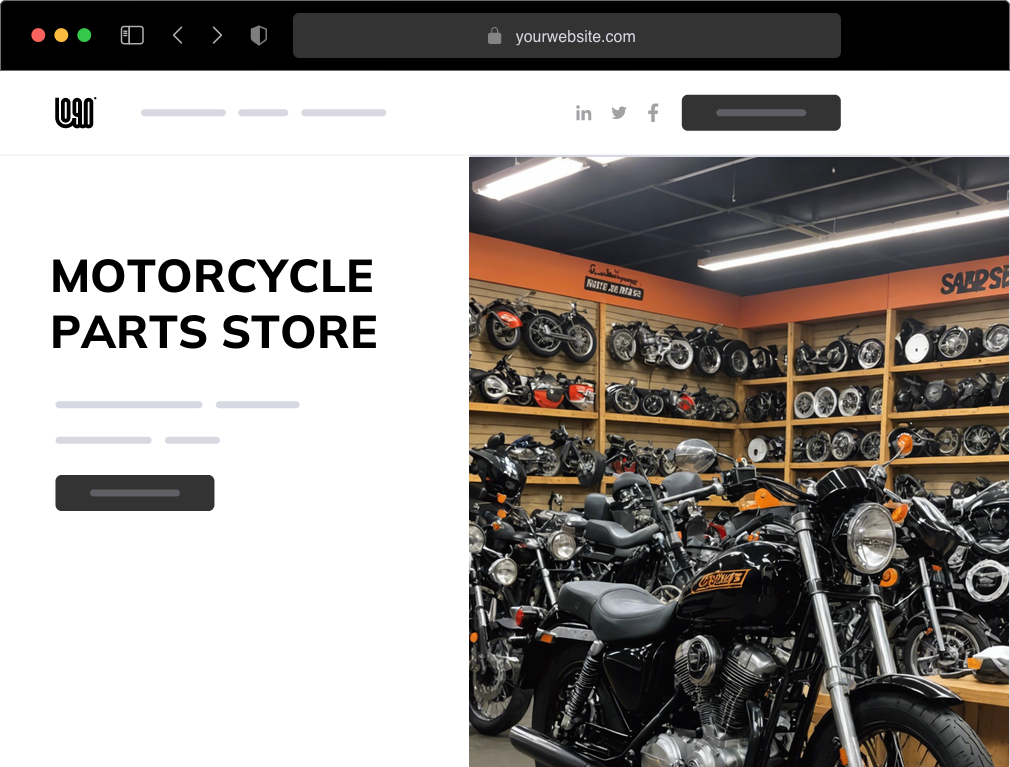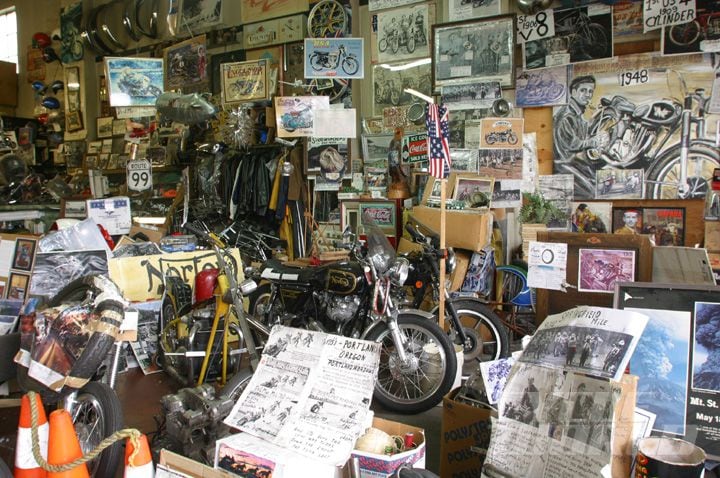Discover High Quality Moto Parts NZ for All Your Motorcycle Needs
A Comprehensive Take A Look At Motorbike Components: What Every Rider Needs To Know
An extensive understanding of bike parts is not merely advantageous yet essential for any kind of biker intending to optimize performance and security. Each part, from the engine's intricate functions to the integrity of brake systems, plays a critical role in the general experience and functionality of the bike.
Recognizing the Engine
The engine, typically considered the heart of a motorbike, is an intricate setting up of components that work in consistency to transform gas into motion. At its core, the engine's main feature entails the burning process, where air and fuel mix and fire up within the cyndrical tubes, causing regulated surges that drive the pistons. These pistons move up and down, converting chemical energy into mechanical power, which ultimately transforms the crankshaft, inevitably powering the bike.

Understanding the intricacies of a bike engine is vital for lovers and riders alike. It not just supplies insight into how bikes accomplish their outstanding power and speed yet likewise aids in efficient maintenance and troubleshooting, ensuring long life and reliability when traveling.
Suspension Solutions
While the engine powers the motorcycle, the shock absorber plays a crucial role in making certain a smooth and controlled experience. The suspension system is in charge of absorbing shocks from the roadway surface, keeping tire contact, and giving stability throughout cornering and braking. It makes up two primary components: the front forks and the rear shock absorbers.
Front forks are usually telescopic, consisting of a spring and moistening system. The spring compresses and expands to soak up bumps, while the dampening device controls the movement to stop excessive jumping. This mix makes sure the front wheel stays touching the roadway, offering remarkable handling and convenience.
The rear suspension, normally a monoshock or twin-shock setup, works in a similar way to the front suspension but is customized to sustain the motorbike's weight and rider - motox parts nz. It manages back wheel activity, adding to the bike's total equilibrium and responsiveness
Shock absorber can be flexible, allowing riders to make improvements preload, compression, and rebound settings according to individual choices and riding problems. This adjustability boosts efficiency by optimizing the motorcycle's interaction with diverse terrains. In summary, an efficient shock absorber is crucial for rider comfort, safety, and the motorbike's dealing with expertise.
Brake Components
Quiting power is a fundamental aspect of bike security, and it rests on the performance of the brake components. The primary elements of a motorcycle's braking system consist of the brake pads, calipers, blades, and master cyndrical tube. mx gear nz. Each of these components plays an essential role in ensuring reliable stopping performance
Brake street bike riding boots pads are vital as they create the necessary rubbing against the rotors to decrease or quit the motorbike. Constructed from materials such as sintered steel or natural composites, the choice of brake pad product dramatically influences performance and longevity. Calipers, housing the brake pads, use stress to the pads when the brake bar is engaged, promoting contact with the blades.
The blades, generally made from stainless steel or actors iron, are placed to the wheels and function as the surface versus which the brake pads press. Their layout, consisting of size and density, impacts warmth dissipation and quiting power. The master cyndrical tube, connected to the brake bar, creates hydraulic stress sent with brake lines to the calipers, making certain constant stopping force.
Normal maintenance and assessment of these components are essential for ideal efficiency, avoiding wear and ensuring motorcyclist safety when driving.
Tire Basics
Beyond maintaining robust stopping systems, making certain optimal tire performance is similarly significant for motorbike safety and security and efficiency. Tires are the sole get in touch with factor between the road and the motorcycle, making their problem critical in taking care of, stability, and total adventure quality. Selecting the suitable tire kind is critical, as it straight affects grip and efficiency. Options range from touring to sport tires, each developed to fit certain riding problems and designs.

Examine the sidewall for the DOT (Department of Transportation) code Homepage to identify the tire's age. Investing interest in these tire basics not only enhances efficiency yet also considerably improves riding safety and security.
Electrical Systems
In the realm of motorbike upkeep, the electric system plays an essential function in making certain reliable performance and biker security. This complex network includes crucial parts such as the battery, generator, starter electric motor, and circuitry harness. Each element is vital for the seamless operation of Get More Info the motorcycle, from ignition to lighting and communication with various sensors.
The battery serves as the heart of the electrical system, offering the required power to start the engine and operate accessories. Frequently inspecting the battery's voltage and terminals for corrosion is vital to stop unanticipated failings. The alternator, on the other hand, recharges the battery while the engine is running, guaranteeing a continuous power supply.
To maintain it, motorcyclists ought to pay focus to any type of uncommon noises or troubles throughout start-up. Making sure that the cords are complimentary and undamaged from damage is crucial for making sure and preventing short circuits capability.
Conclusion

Quiting power is a fundamental aspect of bike safety, and it pivots on the efficiency of the brake parts. The main components of a motorcycle's braking system consist of the brake pads, calipers, rotors, and master cyndrical tube.Brake pads are important as they create the essential rubbing against the rotors to reduce down or stop the motorcycle.Beyond maintaining durable braking systems, ensuring optimum tire efficiency is equally substantial for bike security and efficiency.In the world of motorcycle upkeep, the electric system plays a vital role in ensuring trusted performance and rider safety and security.